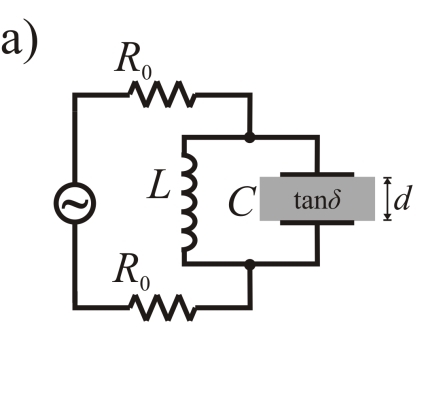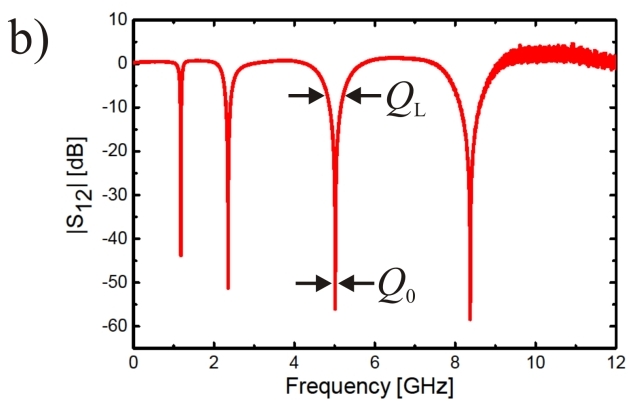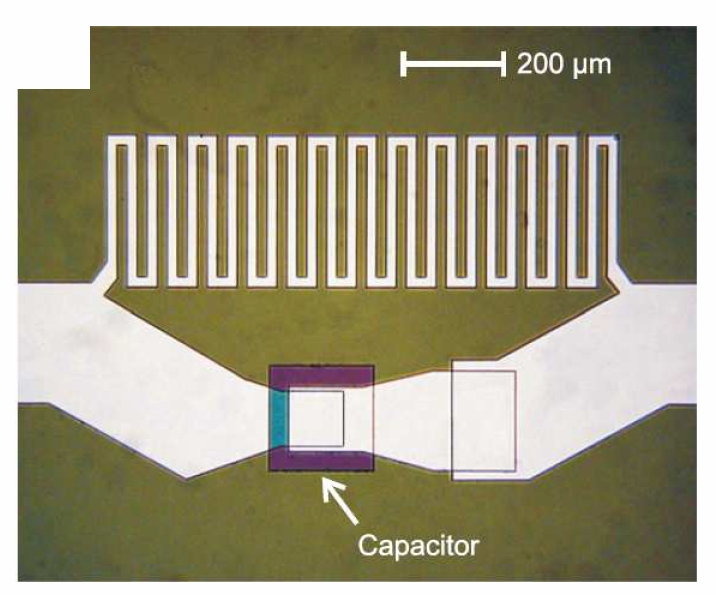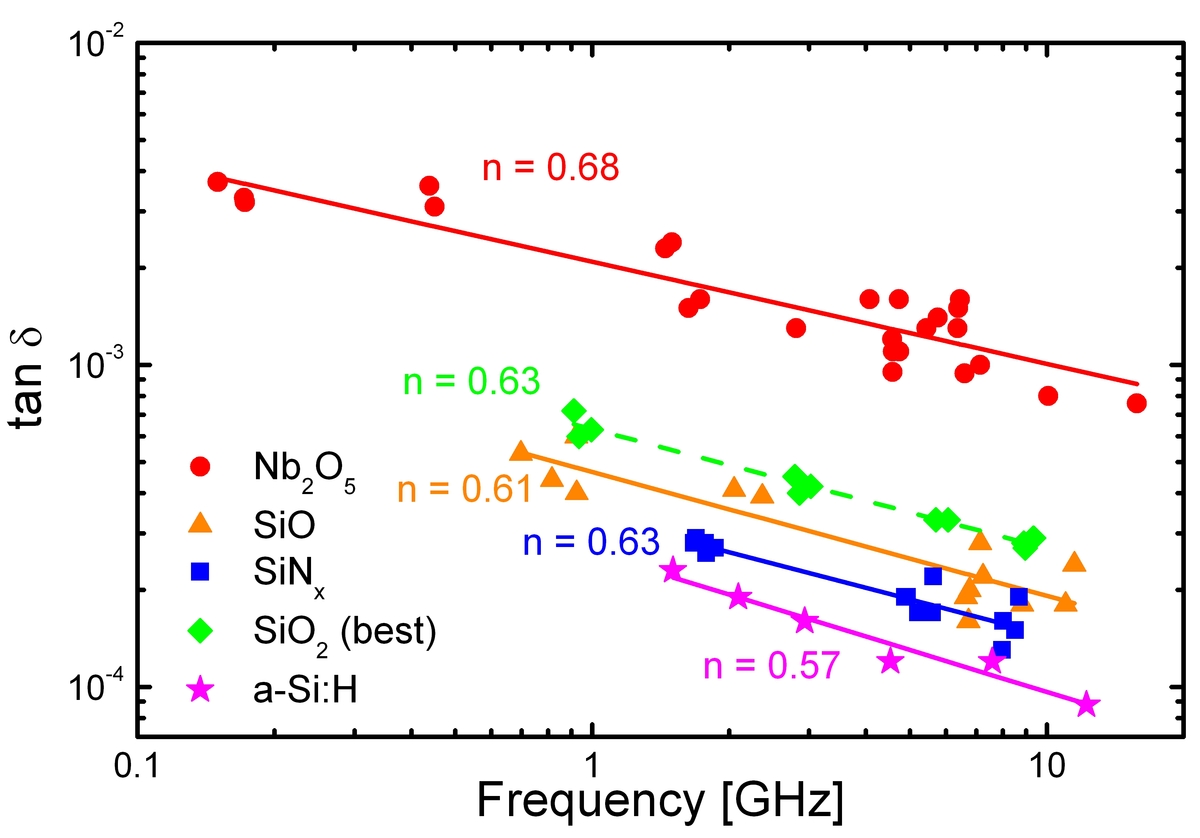B1.5: Decoherence-Free Materials for Superconducting Quantum Circuits
Subproject Leader:
Michael Siegel
Institut für Mikro- und Nanoektronische Systeme, KIT
Alexey Ustinov
Physikalisches Institut, KIT
Georg Weiß
Physikalisches Institut, KIT
Contributing Scientists:
Present: Dagmar Rall, Kirill Fedorov, Christopher Reiche
Past: Stefan Wünsch, Olexiy Feofanov, Clemens Adler, Torben Reichl, Stefano Paletto
Inspiration
The two major sources of decoherence in superconducting qubits are the coupling of the qubit to parasitic defect states, so called two-level systems (TLSs), and low-frequency magnetic flux noise due to fluctuating free spins at the surface and interfaces of the sample. The former ones give rise to decoherence by exchanging energy with the qubit, which occurs at an enhanced rate if their eigenfrequencies are similar to the qubit’s resonance frequency. The origin of the latter decoherence source is presently rather obscure, as well as its possible relation to TLSs.
Origin
Our recent investigations at low GHz frequencies of lumped-element resonators made of bulk of amorphous dielectric films (Nb2O5, SiO, SiNx as well as multi-layered structures) allowed for the first time to measure the frequency dependence of the losses at 4.2 K [1]. By improving our resonator method and performing measurements down to the qubit working regime (mK temperatures, single-photon power level), we were able to show the existence of a frequency dependence of the TLS density of states in a-SiO films [2]. The same a-SiO films were furthermore used in the fabrication of superconducting phase qubits, which showed promising coherence times [3]. Our recent investigations of coplanar resonators also validated the existence of TLSs in the surfaces and substrate interface [4].
Go the next step …
Our goal is to understand and eliminate of the sources of decoherence in superconducting qubits. In order to extend qubit coherence, we should improve the fabrication process of quantum circuits by choosing materials with lower losses and improving preparation techniques. Using improved deposition techniques should allow to reduce the density of localized states in the insulating layers. Special effort will be focused on optimizing etching processes to reduce defects. In order to get deeper insights into the TLSs properties and their microscopic origin, the investigations of the frequency dependence of dielectric losses at mK temperatures will be extended to the low-frequency (kHz) range.
… and beyond
We will develop and provide optimized fabrication techniques for the next generation of qubits. The approach will be based on investigating the dependence of surface/interface losses on substrate cleaning treatments, surface passivation as well as by using of promising superconductors like NbTiN, TiN, etc. Integration of phase qubits, SQUIDs, and superconducting microwave resonators on the same chip will ultimately give us a possibility to study the relation between the frequency dependence of material-induced decoherence and the 1/f magnetic flux noise in Josephson circuits fabricated under different technological processes and materials.
References
| [1] | Ch. Kaiser, S. T. Skacel, S. Wünsch, R. Dolata, B. Mackrodt, A. Zorin, and M. Siegel, Measurement of dielectric losses in amorphous thin films at gigahertz frequencies using superconducting resonators, Supercond. Sci. Technol., 23, 075008 (2010) |
| [2] | S. T. Skacel, Ch. Kaiser, S. Wünsch, H. Rotzinger, A. Lukashenko, M. Jerger, G. Weiss, M. Siegel, and A. V. Ustinov, Probing the TLS Density of States in Thin a-SiO Films using Superconducting Lumped Element Resonators, in preparation (2011) |
| [3] | Ch. Kaiser, J M Meckbach, K S Ilin, J Lisenfeld, R Schäfer, A V Ustinov, and M Siegel, Aluminum hard mask technique for the fabrication of high quality submicron Nb/Al–AlOx/Nb Josephson junctions, Supercond. Sci. Technol., 24, 035005 (2011) |
| [4] | P. Macha, S. H. W. van der Ploeg, G. Oelsner, E. Il’ichev, H.-G. Meyer, S. Wünsch, and M. Siegel, Losses in coplanar waveguide resonators at millikelvin temperatures, Appl. Phys. Lett., 96, 062503 (2010) |
List of Publications 2006-2011 as PDF
Subproject Report 2006-2010 as PDF



